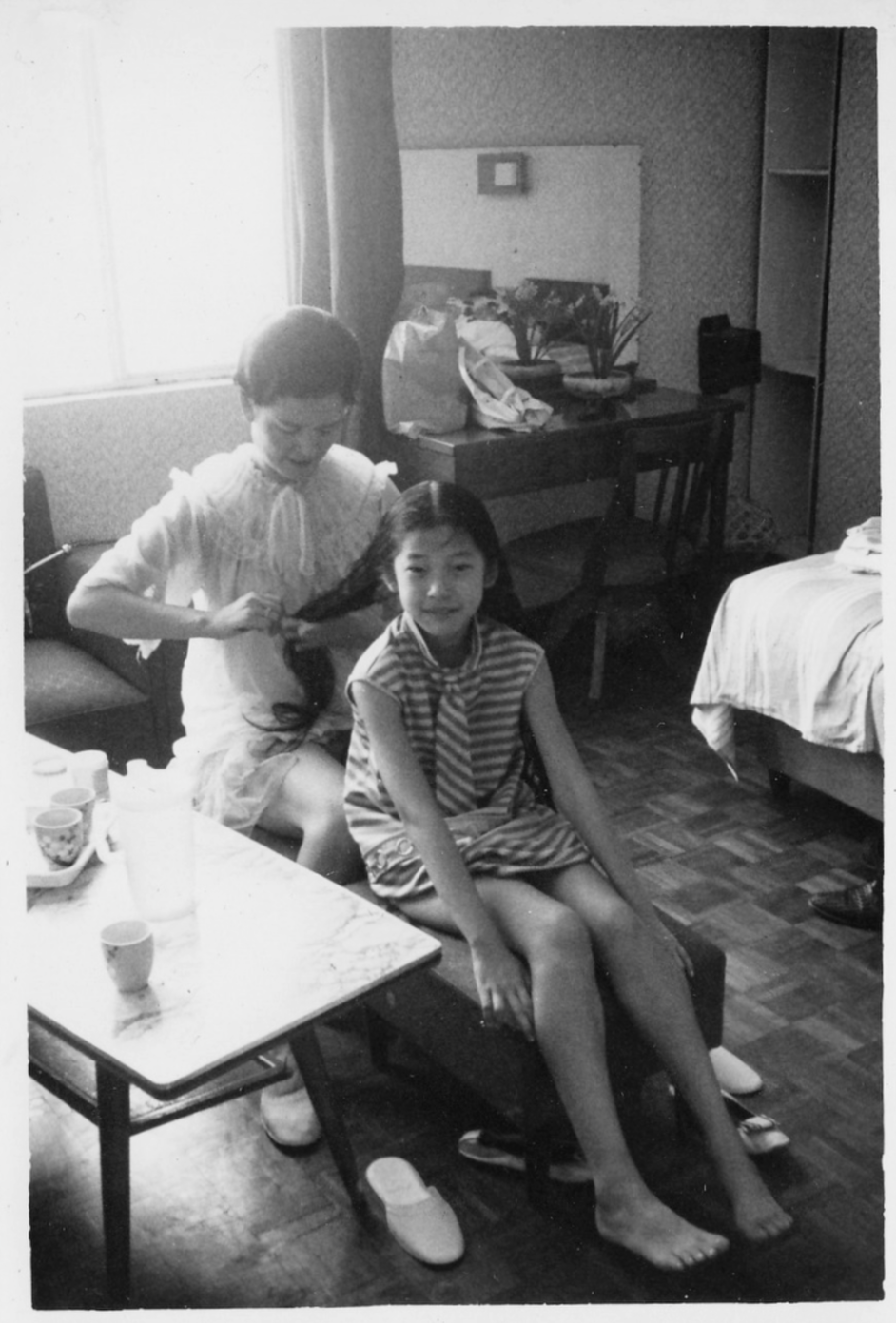Introduction
Ada (2018) is an experimental documentary directed by Christine Margaret. It tells the story of a young girl, in grief from her grandmother’s death, distanced from her loss by observing, questioning and analysing herself as a fictional character.
It is a film between a documentary and fiction. It is a documentary because all footage without the protagonist is unstaged, and most events described in the narration are based upon real events. However the protagonist, Ada, is a fictional character.
The film reveals a person’s self-reflection upon the recurring question: What makes me, me? The topic is explored through the many memories, dreams, imaginations and travels in Ada’s personal life, and her analysis of the possible elements and influences from the outer world that make her who she is.
Synopsis
In grief from her grandmother’s death, a girl finds herself distanced from her loss, observing herself analytically from a third-person perspective. She reflects on the philosophical questions of what defines her being, and traces her relation to the world from micro to macro spectrums. Immersed in the idea that all her individual qualities are but a mirage maintained by ever-changing complex collisions of inheritances, she accepts the world as a flux of infinite possibilities.
Specifications
Film Type: Experimental Documentary, Essay Film, Short
Runtime: 37 minutes 18 seconds (original version) / 29 minutes 31 seconds (festival version)
Completion Date: October 30, 2018
Release Date: TBA
Production Budget: 6000 pounds
Production Location: United Kingdom
Country of Filming: Taiwan, United Kingdom, U.S.A, Iceland
Language: English
Style
The framework of this film is the voiceover narration of a person’s interior monologue, in which Ada, a persona of the voice, is presented. The writing style for the narration is inspired by Surrealist automatism, and influenced by writings from the stream of consciousness pioneers including Portrait of the Artist as a Young Man (1916) by James Joyce and In Search of Lost Time (1913) by Marcel Proust.
The imagery that goes along with the voice can be also interpreted as streams of consciousness, which at times echos the voice, but more frequently serves as other branches of abstract consciousness. Influences for the imagery editing style are The Man with a Movie Camera (1929), Meshes in the Afternoon (1943), The Mirror (1975), Sans Soleil (1983) and The Beaches of Agnes (2008).
The film is constructed mostly with observational documentary footage shot in Taipei, London, Los Angeles, Texas and Iceland. It observes the system, movement, and daily lives of people living in today’s urban cities. The film includes nature, architecture, and personal spaces which have greatly influenced the protagonist’s self-identification. It also contains footage and photography of the protagonist’s personal family events and daily routines, as well as a few acts inspired by performance art.
